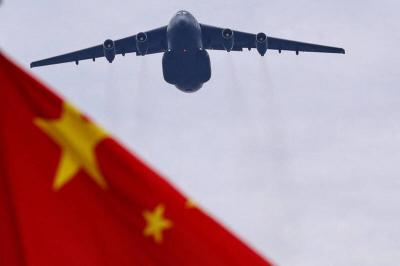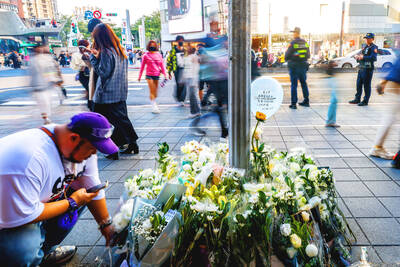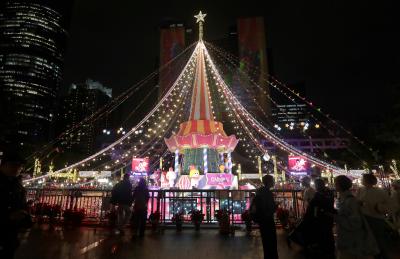If a small of group of people could force the former dictatorial regime to dissolve the Taiwan Garrison Command and lift martial law, the 23 million people now living in Taiwan should be able to stop President Ma Ying-jeou (馬英九) from selling out Taiwan, independence supporters said yesterday at a forum in Taipei.
Speaking at the forum, which looked at the effects of the Treaty of Shimonoseki, former Examination Yuan president Yao Wen-chia (姚嘉文) urged Taiwanese to stand united to prevent the Ma administration from handing over Taiwan’s sovereignty to Beijing.
“We must be confident that we can stop Ma from turning Taiwan over to Communist China. Back then, there were only a few of us, but we still managed to force the government to dissolve the Taiwan Garrison Command and lift martial law,” he said.
Yao, also a student of Taiwanese history, said the treaty, in which China ceded control of Taiwan to Japan in April 1895, officially marked the beginning of Taiwan’s complete and perpetual severance from China.
Although Japan gave up its jurisdiction over Taiwan in the San Francisco Peace Treaty in 1952, Tokyo has never recognized Taiwan as part of China, so Taiwan is clearly not a Chinese province, he said.
Former vice-president Annette Lu (呂秀蓮), publisher of the new pro-independence newspaper Formosa Post, said history has shown that Taiwan goes through a major transformation every 30 years and urged all Taiwanese to take the country’s fate in their own hands.
“Throughout history, the Taiwanese people have never been an active participant in their own destiny. We must change that. At the moment, the world is going through a major change, and Taiwan will undoubtedly be affected,” she said.
Lu said that since the Ma government entered office in May last year, the relationship between Taiwan and China has become closer than ever.
However, Lu said, the growing intimacy between the Chinese Nationalist Party (KMT) and the Chinese Communist Party would put Taiwan’s future in further jeopardy.

Beijing could eventually see a full amphibious invasion of Taiwan as the only "prudent" way to bring about unification, the US Department of Defense said in a newly released annual report to Congress. The Pentagon's "Annual Report to Congress: Military and Security Developments Involving the People's Republic of China 2025," was in many ways similar to last year’s report but reorganized the analysis of the options China has to take over Taiwan. Generally, according to the report, Chinese leaders view the People's Liberation Army's (PLA) capabilities for a Taiwan campaign as improving, but they remain uncertain about its readiness to successfully seize

HORROR STORIES: One victim recounted not realizing they had been stabbed and seeing people bleeding, while another recalled breaking down in tears after fleeing A man on Friday died after he tried to fight the knife-wielding suspect who went on a stabbing spree near two of Taipei’s busiest metro stations, Taipei Mayor Chiang Wan-an (蔣萬安) said. The 57-year-old man, identified by his family name, Yu (余), encountered the suspect at Exit M7 of Taipei Main Station and immediately tried to stop him, but was fatally wounded and later died, Chiang said, calling the incident “heartbreaking.” Yu’s family would receive at least NT$5 million (US$158,584) in compensation through the Taipei Rapid Transit Corp’s (TRTC) insurance coverage, he said after convening an emergency security response meeting yesterday morning. National

Taiwan has overtaken South Korea this year in per capita income for the first time in 23 years, IMF data showed. Per capita income is a nation’s GDP divided by the total population, used to compare average wealth levels across countries. Taiwan also beat Japan this year on per capita income, after surpassing it for the first time last year, US magazine Newsweek reported yesterday. Across Asia, Taiwan ranked fourth for per capita income at US$37,827 this year due to sustained economic growth, the report said. In the top three spots were Singapore, Macau and Hong Kong, it said. South

Taiwan is getting a day off on Christmas for the first time in 25 years. The change comes after opposition parties passed a law earlier this year to add or restore five public holidays, including Constitution Day, which falls on today, Dec. 25. The day marks the 1947 adoption of the constitution of the Republic of China, as the government in Taipei is formally known. Back then the Chinese Nationalist Party (KMT) governed China from Nanjing. When the KMT, now an opposition party in Taiwan, passed the legislation on holidays, it said that they would help “commemorate the history of national development.” That